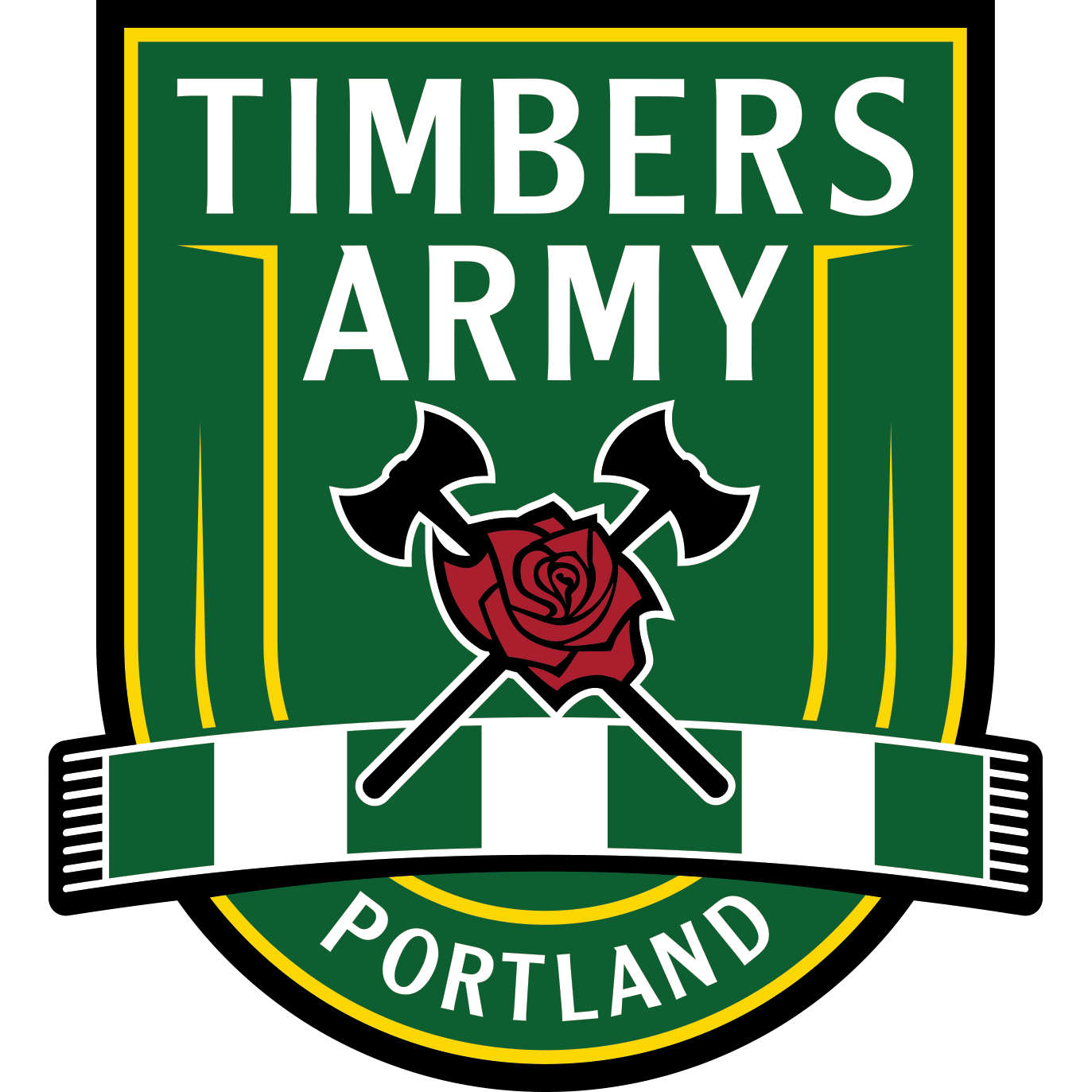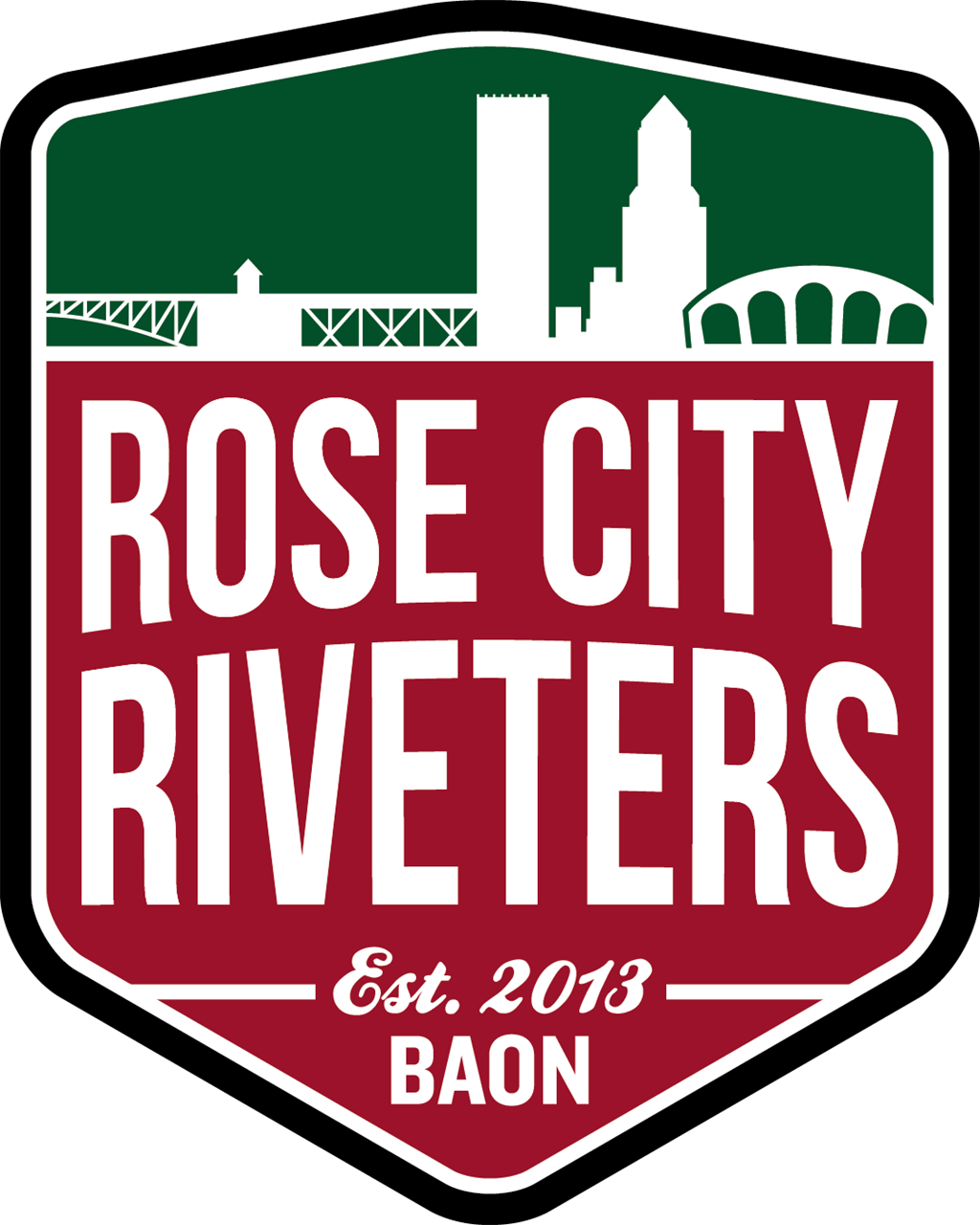—by Chris Rifer
The John Spencer Era is over. That much was clear early on at Jeld-Wen Field on Sunday evening, as the Timbers displayed an attacking verve that was conspicuously absent from Spencer’s Timbers teams.
San Jose drew first blood, however, after Shea Salinas crosses to Mike Fucito in the box. Fucito tapped a seemingly meek ball toward Donovan Ricketts, but it was intercepted by the arm of Andrew Jean-Baptiste for a clear handball. Chris Wondolowski buried the penalty, and San Jose was in business in the 3rd minute.
It wouldn’t take long for this Timbers team to respond, however. Two minutes later, Darlington Nagbe settled the ball near the center circle and the Timbers played a couple quick passes out to Ryan Miller on the wing. Miller played to Alhassan at the byline, who chipped back to the near post where Ryan Johnson was waiting to send a looping header across the face of goal and inside the far side netting.
Over the course of the next twenty minutes, the Timbers gave the Rose City its first taste of its high-pressure defense and quick-passing attack. For extended periods San Jose looked lost on the field, as the Timbers moved through the midfield at will.
The attack nearly found a second in the 20th minute, as Diego Valeri stared things by playing Miller out wide. Miller sent in a hard cross, which found a diving Will Johnson ten yards out, but Johnson’s diving header was tipped away by Jon Busch.
Portland wouldn’t wait long to pull ahead, however. In the 27th minute Nagbe again brought the ball into the center of the field were he played ahead to Diego Valeri. The newly signed designated player played a through ball to Ryan Johnson who found himself in behind the San Jose defense. Faced with an oncoming Busch, Johnson fooled the Quakes keeper by chipping the ball with the outside of his left foot and into the net for a brace.
The Quakes didn’t go away in the face of Portland’s dominance, however, and after their second concession seemed to settle in and begin to handle Portland’s pressure. San Jose pulled level in the 39th minute after Alhassan needlessly chopped down Salinas on the Timbers’ right flank. Salinas got even by sending a great bending ball into the box, where Victor Bernardez beat Hanyer Mosquera and nodded inside the near post. Two shots, two goals for San Jose.
Portland opened the second half with more pressure, and it was Johnson again reaping the spoils of a beautifully weighted ball from Valeri. Dylan Tucker-Gangnes picked off a lazy Justin Morrow pass twenty yards from the Timbers’ goal and played forward for Ryan Johnson. Johnson laid it to Valeri, who returned it to Johnson playing it ahead to the top of the box. The Jamaican international beat Busch coming out in the first half, and did it again in the second, as he chipped the diminutive keeper to polish off his hat trick.
Just like the first half, however, the Timbers couldn’t hold the lead for long. And again, the concession would largely be their own doing. After Miller did well to strip Salinas on the wing, Kalif Alhassan made a mess of his clearance, sending it back toward the Timbers box. Morrow picked up and played to the middle for John Bostock.who had his shot parried by Donovan Ricketts. The rebound, however, fell straight to Mike Fucito who did what he has never done before at Jeld-Wen Field.
Shortly thereafter the substitutions began en masse, and the nature of the game changed dramatically. The flow of much of the first sixty minutes turned into a choppy mess of half chances and missed connections. In the end, neither team seriously threatened to notch the winner in the last half hour.
The result leaves supporters with a little bit of an empty feeling. While the play was at times thrilling, the Timbers’ mistakes in defense numbed what could have been a very promising first home performance. On the whole, however, while there are still questions to be answered about whether this is a playoff team, there is no doubt that 2013 will be very different from 2012, and likely a whole lot more entertaining.
Match Observations
-
- Despite the draw, I thought it was pretty clear the Timbers had the better of the play. They outshot San Jose 15-10, including 6-4 on goal. More important than raw shot numbers, however, is that the Timbers created the higher quality chances. The Quakes capitalized on every play in which they had a shot on goal, a fact Donovan Ricketts almost certainly won’t be proud of tomorrow. The clear theme, however, was that San Jose’s best chances came directly from Timbers mistakes, and the Timbers chances came from the quality of the Timbers attack.
-
- After the game, Porter noted that “[t]he nice thing is, those [mistakes] are things that are easily addressable. If we weren’t generating goals and generating chances, that’s harder to address. It’s easier to clean up the defensive side, its easier to sort out a giveaway that can’t happen, its easier to sort out getting your back four tightened up, it’s easier to sort out marking a guy on a set piece. And those things will be sorted out.”
-
- While nominally in a 4-3-3, the Timbers shape through the first hour more resembled the 4-2-3-1 they rolled out against Seattle last week. Diego Chara and Will Johnson were deployed as a pair of holding midfielders, with Chara having a great deal of freedom to move where he pleased. Although listed in the midfield three, Diego Valeri often played higher than listed forwards Nagbe and Alhassan; at times looking like a second striker underneath Johnson.
-
- The fullbacks, especially Ryan Miller, were much more active getting forward in the first half hour than they were throughout much of the rest of the game. After the game, Miller said that had more to do with personnel than tactics or a reaction to San Jose. “You gotta’ kind of adjust to the players you’re playing with. When I have Kalif up there, I know he likes to come inside and get the ball as almost a central midfielder type player, which allows me to have a lot more freedom on the wing so I can get forward a lot more.” Considering the starters on the wing are far from settled, it is very much up in the air how much Miller and Michael Harrington will get forward. On Sunday, however, some of the Timbers’ best moments came when they established possession in the center, then Miller came forward to relieve pressure or spring an attack. If Miller can replicate that success, don’t be surprised if Porter keeps his midfield narrow to allow him to join the attack.
Timbers Grades
Donovan Ricketts, 4 Giving up three goals on four shots on goal is never a good night for a keeper. None were primarily his fault, but he also didn’t play the hero.
Ryan Miller, 6 A nice shift from Ryan saw him more active down the wing in the first half than he was in Tucson, leading to his first half assist. San Jose committed to attacking down their left side, and Miller generally held his own under duress.
Hanyer Mosquera, 3 Got beat on the set piece and otherwise looked out of sorts. Keep in mind, however, that Mosco missed substantial time in camp and is playing in just his second game. All is not yet lost.
Andrew Jean-Baptiste, 4 He’s still in his pattern of making one major mistake per game, and this time it was the handball in the second minute. If he can break that habit, he will very likely find himself in a starting spot. If not, he’ll struggle to find himself in the lineup on a regular basis.
Michael Harrington, 5 San Jose really didn’t get much going down their right side, which meant Harrington had a quiet night overall.
Diego Chara, 6 Porter’s set up on Sunday gave Chara free reign to be virtually anywhere he wanted to be. He took advantage by effectively covering much of the field—from stepping back to be a makeshift center back to flying forward in the attack.
Will Johnson, 6 Held a little bit more than Chara did, but did so effectively. Between he and Diego, San Jose had nothing going through the middle. Was also robbed of what would have been a highlight-reel diving header goal.
Diego Valeri, 7 Portland hasn’t had anybody nearly as effective in making the final pass as Valeri. Had one or two giveaways he would probably like back, but his two assists more than make up for it.
Darlington Nagbe, 6 We’re starting to see a very different Nagbe emerge. Whereas the old Nagbe would receive the ball in the midfield and try to dribble his way into a good spot, Darlington did a much better job of playing quick to Valeri or another of his midfield colleagues. The unsung spark of both first half goals, Nagbe’s contributions are likely to be a little bit subtler this year. And also more significant.
Kalif Alhassan, 4.5 There was a lot of good and a lot of bad from Kalif in his 64 minutes. It was his run and cross that set up the first goal, and he generally combined well in the midfield with Valeri, Chara, and Nagbe. But, he committed the bad foul that led to the second concession and whiffed on a clearance to set up the third. On balance, the bad slightly outweighed the good on Sunday.
Ryan Johnson, 10 Three shots, three goals, and very good high defense earn Ryan the first perfect ten in Morrison Report history.
Onward, Rose City!


